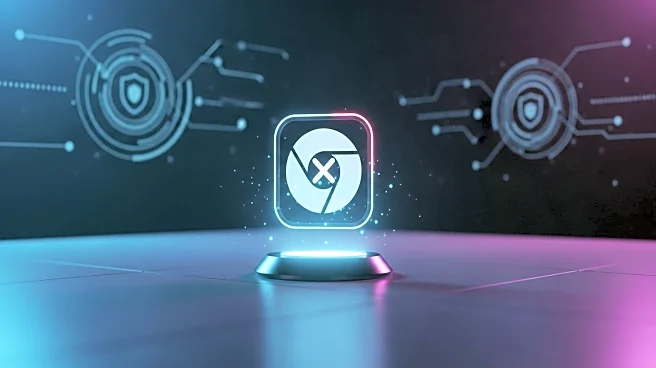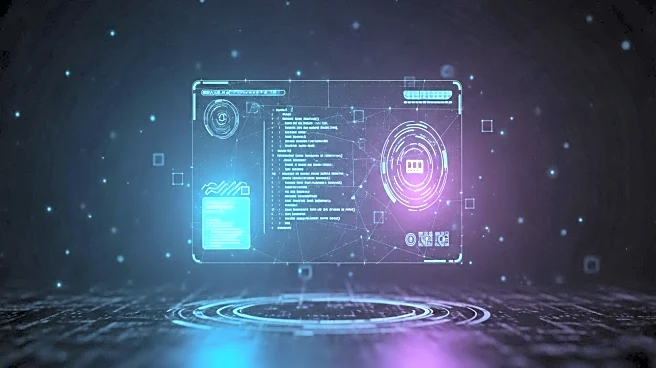What is the story about?
What's Happening?
The SAFE AI Task Force, in collaboration with the Coalition for Sign Language Equity in Technology (CoSET), has released Part A of the AI Interpreting Solutions Evaluation Toolkit. This toolkit is designed to assist organizations in integrating AI into interpreting services while maintaining quality, safety, and equity. It includes practical checklists for evaluating AI and hybrid AI-human solutions, focusing on language access. The toolkit targets leaders responsible for language access, compliance, and procurement, providing a framework for assessing organizational readiness, setting-specific guidance, risk factor assessment, vendor evaluation, and RFP guidance. Future parts of the toolkit will address technical specifications and legal considerations.
Why It's Important?
The release of this toolkit is significant for organizations seeking to adopt AI in interpreting services, as it provides a structured approach to ensure that AI integration does not compromise service quality or equity. As AI technology becomes increasingly prevalent, tools like this are essential for guiding responsible adoption, particularly in areas like language access where precision and inclusivity are critical. The toolkit's focus on risk assessment and vendor evaluation helps organizations make informed decisions, potentially leading to more effective and equitable AI implementations in the interpreting sector.
What's Next?
Future parts of the AI Interpreting Solutions Evaluation Toolkit will cover technical specifications and legal considerations, providing comprehensive guidance for organizations. As these additional resources become available, organizations may begin to implement AI solutions more confidently, potentially leading to broader adoption across various sectors. Stakeholders, including technology developers and language service providers, will likely engage in discussions to refine AI applications in interpreting, ensuring they meet the diverse needs of users.
AI Generated Content
Do you find this article useful?











